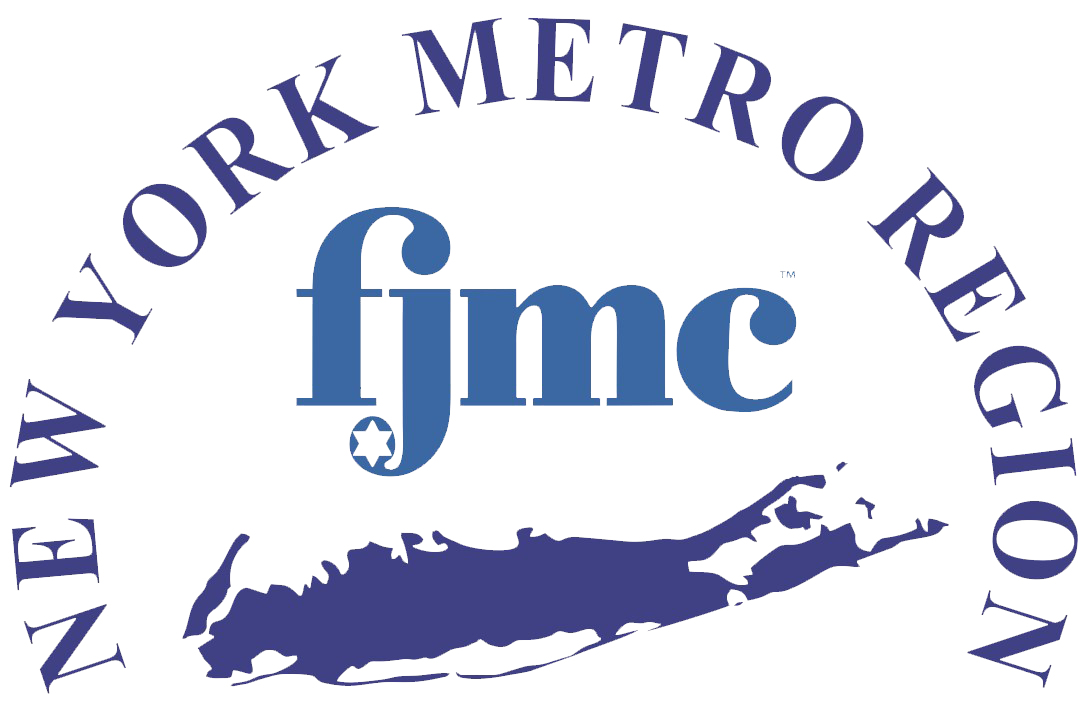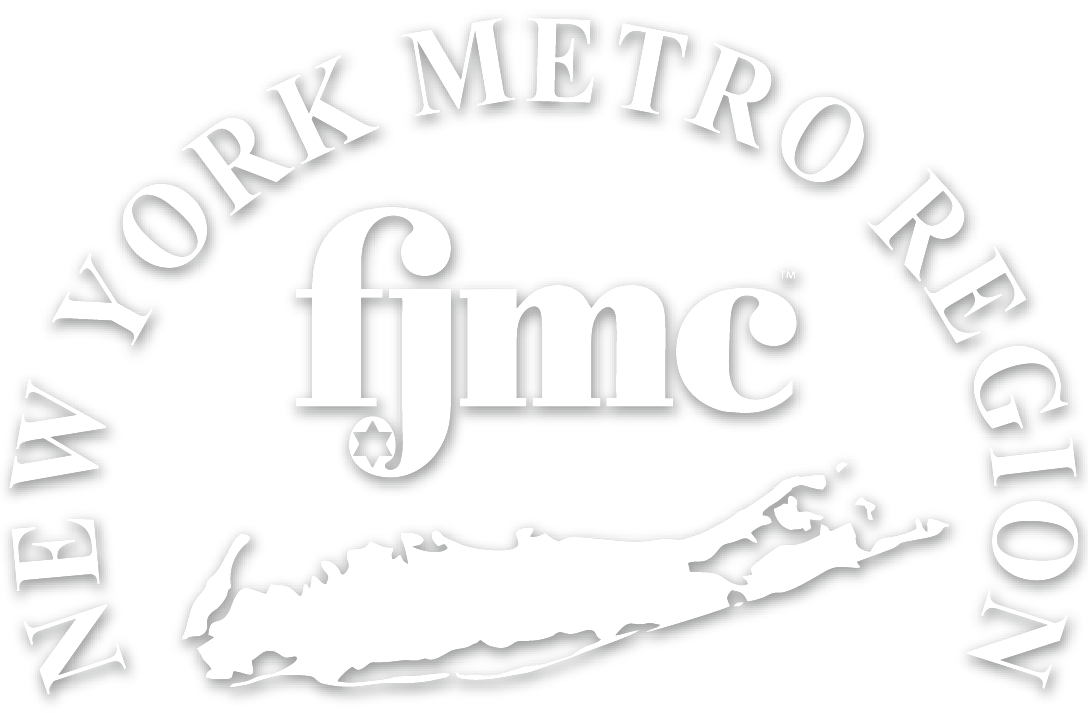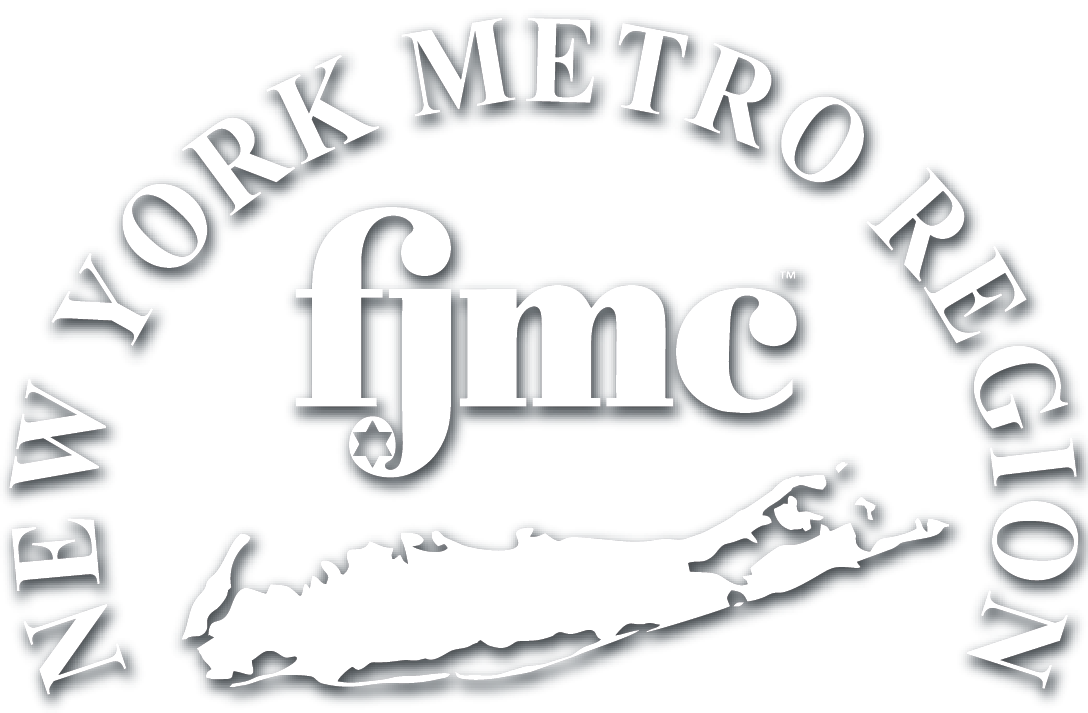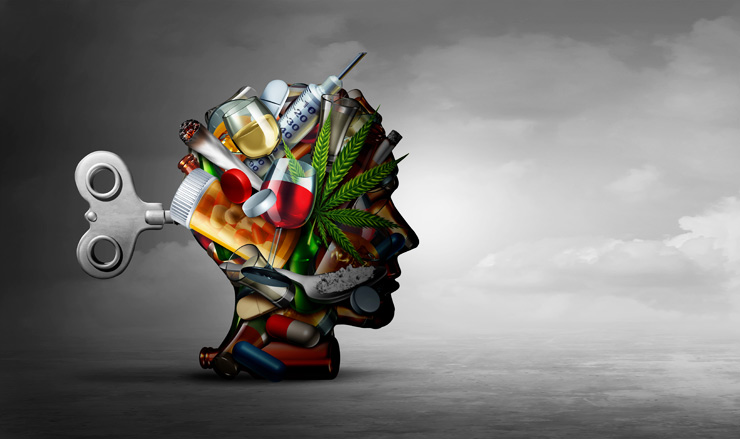Uncategorized
“Faith and Recovery Overcoming Addiction in the Jewish Community”
Strategies designed to facilitate an understanding and sharing of potential solutions For AUD (Alcohol use disorder) and SUD (substance use disorder) in Judaism.
By Rabbi Igael Gurin-Malous and Dr. Gary R. Smith DVM
INTRODUCTION
Substance Use Disorder (SUD) and Alcohol Use Disorder (AUD) have become
pressing concerns in societies around the world, cutting across cultural, religious, and socioeconomic lines. As the stigma surrounding these conditions begins to shift, communities are increasingly recognizing the importance of addressing addiction with compassion, understanding, and effective support systems. In Jewish life, where community, tradition, and ethical responsibility are cornerstones of identity, the response to these issues is especially significant. But how does a tradition with such deep historical roots and sacred texts navigate the complexities of modern substance abuse?
While Judaism offers timeless wisdom, it also provides practical guidance that resonates with contemporary struggles. From the teachings of the Torah and Talmud to modern-day Jewish recovery initiatives, the Jewish response to SUD and AUD is multifaceted, blending spiritual, ethical, and communal approaches. Yet, this response is not utilized by many. Deep stigmatization, avoidance of the issues, and a reluctance to address this problem within the Jewish community have stunted our ability to offer significant help to the larger community. While different movements, rabbis, and healers have developed diverse perspectives on how to support individuals struggling with addiction, as well as how to balance personal responsibility with communal care largely this issue is still health within the shadows. The old attitude of “Jews don’t drink” severely impairs our ability to address these growing issues.
The recent paper by Hirch and Mandel addresses the academic and statistical development of AUD and SUD with some indication of potential therapeutic options. This paper seeks to explore these rich, varied Jewish perspectives on addiction, shedding light on how ancient principles of healing, repentance (T’shuvah), and communal obligation can inform our modern understanding of recovery.
They understand AUD and SUD and their impact on individuals, Jewish families, and the community.
The definition is a person’s inability to control their intake of Alcohol/drugs due to social spiritual, occupational, and health consequences. The Alcoholic and substance abuser travels through various stages to reach the point of not being able to control one’s self. 1
Emotional effect/SUD is a family and community disease and in many cases a spiritual disease. Typically and often stemming from a deep lack of sense of worth, of mattering in the world leading to a sense of loneliness and disconnect. Isolation and a lack of understanding by the family and community. In some families, it can also be associated with children watching the parents suffer from similar issues and being imprinted daily, watching them self-soothe with alcohol drugs, and other self-harming behaviors. -imagine a family with a member with some form of the disease. It creates fear, tension, anxiety, resentment and embarrassment.
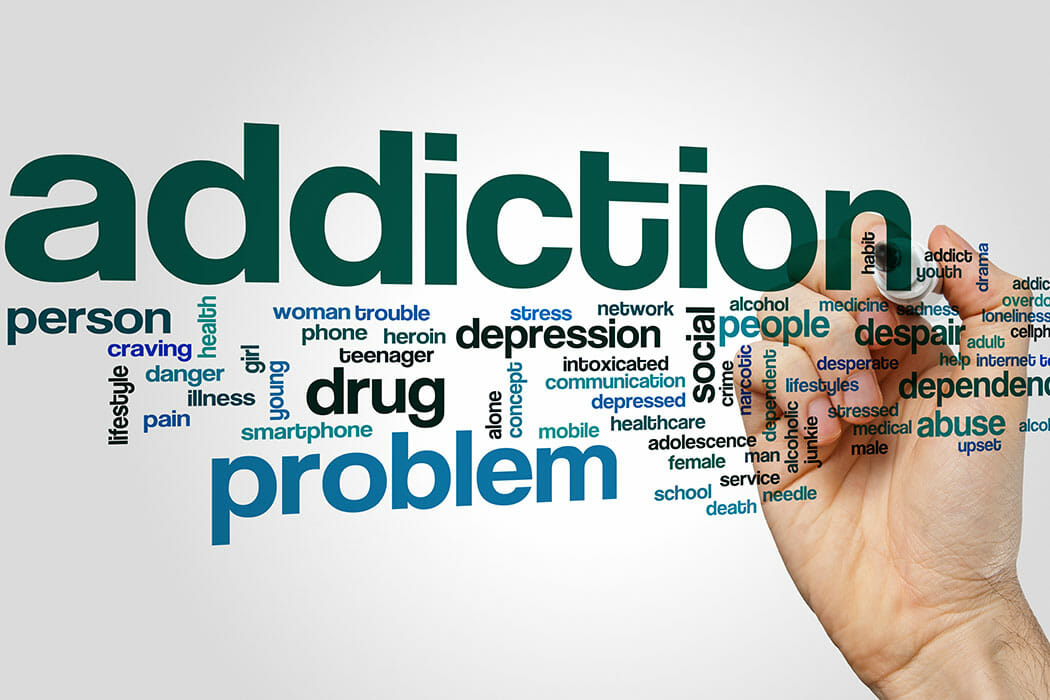
Physical effect and Socio-economic effect
A family member with any form of dependency will potentially face serious health problems such as liver disease, heart problems, digestive disorders, cancer, etc. Medical costs are high putting families in severe financial distress.
It would take a more holistic approach along with dealing with societal issues to address all these factors. Ultimately, it is not just the family but the whole community that suffers when its members are increasingly grappling with SUD. We must provide outlets for counseling and treatment programs to help our community and families have the ability to be there for support and be a strong voice for those who still don’t have one of their own.
An important element in this discussion is that in Judaism, alcohol―particularly wine―holds a significant role in ritual and tradition, symbolizing joy, sanctity, and celebration. From Kiddush on Shabbat and holidays to the symbolic four cups of wine during the Passover Seder, alcohol is a frequent element in religious life. However, while its use in ritual is deeply ingrained, it can also present potential dangers when not approached with balance and mindfulness, especially concerning addiction.
Wine is a sanctified component of many Jewish rituals. It is used to elevate occasions, signify sacred moments, and foster community. However, these traditions can create an environment where excessive consumption is normalized or overlooked. The challenge lies in maintaining the sanctity of the tradition while avoiding the misuse of alcohol. For example, young people, particularly young men, may feel pressured to drink during religious or social gatherings like Tisch, where the focus may shift from spiritual connection to overindulgence. A Tisch (Yiddish for “table”) often involves communal singing, storytelling, and shared food and drink, where wine or spirits can be consumed freely. When these gatherings emphasize drinking over spiritual reflection, the lines between tradition and excess blur, increasing the risk of alcohol dependence.
While alcohol is meant to elevate joy during sacred moments, its misuse can lead to addiction, which deeply conflicts with Jewish values of health and well-being. The Torah stresses the importance of Shmirat HaGuf, caring for one’s body, as it is considered a vessel for serving God. Addiction compromises mental, physical, and spiritual health, which is not only harmful to the individual but also to the community, as it disrupts relationships and responsibilities. Yet, the Talmud warns against behaviors that lead to physical harm, indicating that our bodies are on loan from God and must be treated with respect and care (Talmud Bavli, Bava Kamma 91b).
Young men attending events such as a Tisch or other gatherings where alcohol is present may feel incongruent pressures: one to participate in religious traditions and another to abstain from overconsumption for the sake of health. This creates a delicate balance, especially for youth who may lack the maturity to handle alcohol responsibly. The culture of drinking in these settings can sometimes lead to casual attitudes about alcohol, encouraging habits that could foster addiction in later life. This tension challenges the principle of moderation that Judaism emphasizes, as seen in Proverbs 20:1, which cautions against the dangers of intoxication, “Wine is a mocker, strong drink is raging: and whosoever is deceived thereby is not wise.”
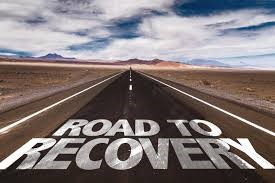
The Role of the Jewish Family in Recovery
First and foremost the addicted individual must come to grips with their addiction. But most important is the support provided by the families that are together as a team not only strengthens the family bond but is critical in the recovery and acceptance by the family. Families must educate themselves about AUD/SUD to understand the background of the addiction. Families must understand they are not alone. Families that are crippled by shame and embarrassment only think of the future emotional, physical, and intellectual healing of the family member and the family.
Dealing with alcohol dependence in Jewish tradition
We can find great wisdom in our traditions and our experiences. Having the privilege of witnessing countless journeys of healing and transformation. Substance Use Disorder is one of the most profound challenges many face in our modern world, but we believe deeply in the ability of the Jewish tradition to offer pathways toward recovery. The timeless wisdom of Torah, Talmud, and the rich tapestry of Jewish ritual provide not only spiritual guidance but also practical tools for those seeking to reclaim their lives from addiction. The key elements to address when dealing with addiction recovery are:
T’shuvah
Meaning; Repentance/ reflection, response, and Return) is central to Jewish practice, it is the foundation of recovery. T’shuvah in addiction recovery is not just about repentance but about returning to one’s true self through a process of actions and reflections. We emphasize that healing involves honesty and accountability, combined with a spiritual return to integrity. Our prophets put it succinctly “Moreover, if someone wicked repents of all the sins that were committed and keeps all My laws and does what is just and right, they shall live; they shall not die.” Ezekiel 18:21.
Community and Belonging:
Along with the personal and internal work, the main supporting focus should be on fostering community. Jewish teachings emphasize the importance of mutual responsibility, such as Leviticus 19:16, “Do not stand idly by the blood of your neighbor.” Providing a spiritual and physical community where those struggling with addiction can find support, belonging, and purpose, is essential for long-term recovery.
Introduction and Integration of Spirituality.
Spiritual counseling is an essential part of recovery and in fact, it is the one factor that changes the probability of success for people seeking recovery. Spiritual counseling is like embarking on a journey inward, exploring the depths of the essence of who you are and who you can become.
Seeking out one’s soul and the vastness of your spirit. Through the work with a spiritual counselor, seeking guidance and understanding from ancient wisdom traditions, sacred texts, and the collective wisdom of generations past. In essence, it’s about discovering the profound connection between your inner world and the greater universe around you.
At its core, spiritual counseling offers a beacon of light in times of darkness or hardship, a source of solace in moments of despair, and a wellspring of hope when all seems lost. It’s about finding meaning amidst chaos, purpose amidst uncertainty, and peace amidst turmoil.
Daily Practice and Ritual:
Judaism offers us multiple opportunities to practice rituals, instinctively it teaches us a vital element of creating a better life of meaning for us. Incorporating daily Jewish rituals―such as action-based practical prayer, Torah study, and reflection ―which helps individuals cultivate self-awareness and accountability. We are always given a choice – “I call heaven and earth to witness against you this day: I have put before you life and death, blessing and curse. Choose life―if you and your offspring would live―“ Deut 30:19
Now, post Covid a whole generation of kids and adults who were compromised socially, intellectually, and emotionally are facing new realities. The forced isolation and global fear and anxiety affected every aspect of our existence. Many people were doing online psychotherapy, Noting (???) replaces one-to-one relationship interaction. The current state of the world is increasing an even bigger cause for loneliness, and isolation potentially causing future addictions as a means to alleviate the pain and fears we are all experiencing. With the increase of chaos and societal stresses there we have to consider new stressors that influence our intake of controlled substances and the like of THC. A new factor added to the mix is emerging AI-caused mental illnesses. Yuval Harari, an Israeli novelist in his newest book called “Nexus”. 4 suggests that due to AI technology, there are fewer and fewer real human conversations. AI can manipulate a conversation without emotion (make it seem like you are talking to a human) and guide it to a point of misinformation. 4 This is happening more and more today as people are more apt to look online to understand their frustrations and loneliness. They are trying to find ways to adjust to anxiety and depression without friends or family exposure. Society is being flooded with Ideas that are devoid of human emotion.
In Judaism it is not enough to simply learn the sacred texts; we are called to embody their teachings in every aspect of life, especially in how we respond to human suffering. When a family is crippled by shame and embarrassment due to the struggles of a loved one with addiction, Jewish values demand that we shift our focus away from guilt and toward healing―both for the individual and the family as a whole. The emphasis must be on creating a path toward emotional, physical, and intellectual recovery, which reflects the essence of living Torah.
The Torah commands us not to stand idly by the blood of our neighbor (Leviticus 19:16), which can be understood not only in the context of physical danger but also in emotional and spiritual crises. A family burdened by addiction is suffering deeply, and their shame can become an obstacle to seeking help. Judaism teaches us the importance of compassion over judgment and action over silence.
In living the Torah, we must prioritize chesed meaning loving-kindness, supporting those in need without allowing stigma to dictate our actions. The teaching of T’shuvah (repentance) reminds us that everyone can return and repair. Living Torah means creating an environment where individuals and families feel empowered to begin their journey of healing without fear of judgment. It is about embodying the teachings in Deuteronomy 30:19, where we are urged to “choose life.” Choosing life means supporting the recovery of those we love by prioritizing healing over shame, acting on the principles of the Torah in a way that uplifts and sustains both the individual and the family.
By practicing Torah through action―through understanding, support, and the provision of resources for healing―we demonstrate that living Torah means embracing the complexity of human experience with the wisdom and compassion that our tradition demands. It is in this way that families can move from shame to healing, and from brokenness to wholeness.
Other thoughts and causes we will be facing in the now and the future that will need serious oversight. What does the future of dealing with mental illness possibly look like?
Conclusion
There is much to discuss about AUD/SUD in Jewish life and Judaism. Much work needs to be done over the next few years. Success in identifying therapeutic solutions will hinge on the dedication and persistence of our Jewish community to work together to give individuals, families, and our communities the support necessary. More needs to be written on this subject as more and more information comes forward. Telling success stories, we believe, is imperative to facilitating and finding solutions for individuals grappling with AUD/SUD.
Organizations, Centers, and Helplines
It is often acknowledged that minority groups, including Jews, may feel more
comfortable in treatment programs that are sensitive to cultural and religious
values [27,28].
Several helplines and residential and non-residential addiction treatment programs have sprung up in the last two decades, offering support to Jews (and sometimes to others). These include:
Norwood (formerly Chabad) Drugsline, London UK [35]; Gateway Rehabilitation Centre Pittsburgh USA [36]; Beit T’shuvah Synagogue Recovery Center, LA, California, USA [37];
Chabad Residential Treatment Center, Los Angeles, CA, USA [38];
Jewish Recovery Center, Florida, USA [39]; Jewish Center for Addiction: Prevention, Help and Hope, Chicago, USA [40];
Addiction helpline, Torah and the Twelve Steps: JewishDrugRehab.org [41];
JACS: Jewish alcoholics, chemically dependent persons, and their families: friends and associates encouraged and supported to explore recovery in a nurturing Jewish environment [42].
Jewish Family Service Cincinnati provides a counseling center for children and adults and has developed a successful program for Mental Illness therapy.
Beit Tshuvha in Los Angeles: A residential Jewish non-denomination rehab and community
Bibliography;
Recovery crossroads-online internet
Addiction: Alcohol and Substance Abuse in Judaism- Kate Miriam Loewenthal Kate M. Loewenthal, Andrew K. MacLeod, Susan Cook, Michelle J. Lee, and Vivienne Goldblatt. “Drowning your sorrows? Attitudes towards alcohol in UK Jews and Protestants: A thematic analysis.” International Journal of Social Psychiatry 49 (2003): 204–15. [Google Scholar]
Book by Yuval Harari-“NEXUS” History of information from the Stone Age to AI.
Charles R. Snyder. Alcohol and the Jews. Carbondale and Edwardsville: Southern Illinois University Press, 1978, p. 244. [Google Scholar]
